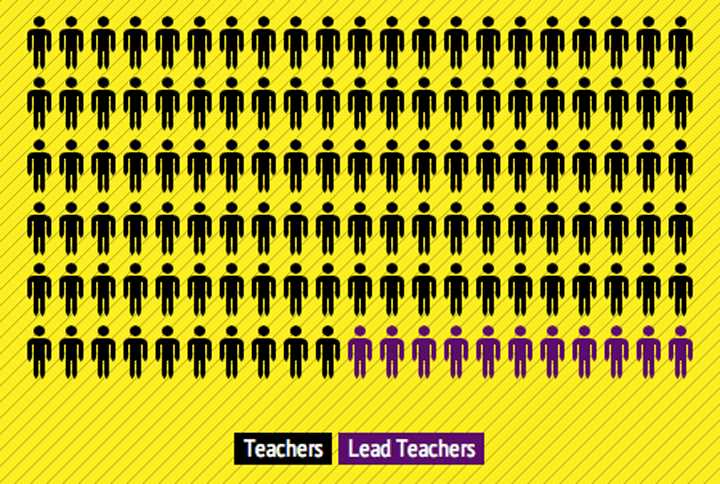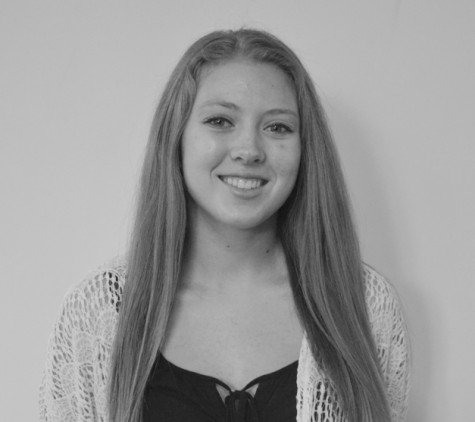Evaluating engagement in classrooms
There are eight lead teachers in the building, and the rest of the teachers are not.
November 5, 2014
During Wendy Arch’s AP Lit class Oct. 16, the class was discussing digging graves, pulling up dead bodies, and cutting off limbs- all from the book “Frankenstein,” of course. “The part of Frankenstein that we were discussing that day was when he creates the monster,” Arch said. “We’re talking about how he’s doing this in the middle of summer essentially on his college campus in his dorm room. You know, there’s no backhoe, and you have to dig the bodies up by hand.” Of course, that point was when a teacher walked in for the IPI observation training. “This happened at the point where I’m saying ‘You know its summer, so you have to work really hard to dig bodies up before you hack them into bits.'” Arch said. “The teacher just turns and looks at me. And I thought, ‘Well now I am that crazy teacher.'”
Oct. 16 was the first of four data collection sessions that will be held this year, once each quarter. A team of eight teachers, which make up the teacher leadership board, went to almost 360 classrooms throughout the day to measure student engagement. “Essentially what the teachers on this team are looking for is a few things,” principal Brent Riessen said. “They’re measuring student engagement, but it’s not just whether you’re awake and paying attention. They’re measuring how engaged you are with the curriculum, what you are thinking, and how much are teachers challenging your thinking in whatever you’re doing at the time they walk into the room.”
Contrary to what some may think, this new evaluation practice is not an administration policy. “The walkthroughs are all led by our teacher leadership group,” Riessen said. The program is called Instructional Practices Inventory (IPI), and all eight of the lead teachers are certified in IPI data collection.
Isaac Rodenburg, who is an instructional coach, said that the reason this program was put in place was because it fulfilled requirements for a grant. “Part of our grant that we got this year for our teacher leadership compensation asked for us to be focused on student engagement, and this is a data piece that addresses student engagement,” Rodenburg said.
The real purpose of the IPI data collection program is to show how much students are involved in their school work and at what level of thinking they are while working during a particular moment in class. “They (lead teachers) take a snapshot of the room. What they’re trying to figure out is when they walked in, where were you thinking and at what level were you thinking,” Riessen said. “Are you being asked to regurgitate information, or are you being asked to create or analyze or higher-order thinking skills, or are you doing something that has nothing to do with the curriculum? The fact of the matter is, during every class period, all of these things happen at some point.”
Senior Natalie Coomes does not think that the data collection provides an accurate representation of what a school day looks like. “When they come in, people are obviously going to be on task,” Coomes said. “If a teacher walks next to me, I’m not going to be on my phone.”
Rodenburg sees that this is an issue and realizes that it could affect their data. “There are times when students aren’t engaged at all, that’s a reality,” Rodenburg said. “When you take 360 data points, you’re going to have that and that’s okay. That disengagement just has to be at an acceptable level.”
The data collected during this IPI service day should show what an average school day for Johnston as a whole is like. “The data doesn’t collect things at the classroom level. We collect data and say, this is our school’s data,” Rodenburg said. “We’re not going to be able to narrow it down to a specific teacher or a specific classroom. We want to tell on average this is what our students are doing.”
Riessen agrees with Rodenburg that the purpose of the data was not and should not be used to address specific teachers. “There isn’t any kind of going back and recalling certain teachers, and it’s certainly something by the way it’s set up that I don’t have access to,” Riessen said. “If I went to the teacher leadership board and said show me the data collected on so and so, they (the teachers) should tell me no I can’t show you that.”
Although the data collected in classrooms on the 16th has already been discussed by teachers, it is not able to be released to the public yet due to policy reasons. However, Rodenburg said that the data isn’t surprising because the school as a whole is very proficient. The next IPI data collection day will take place in December.





